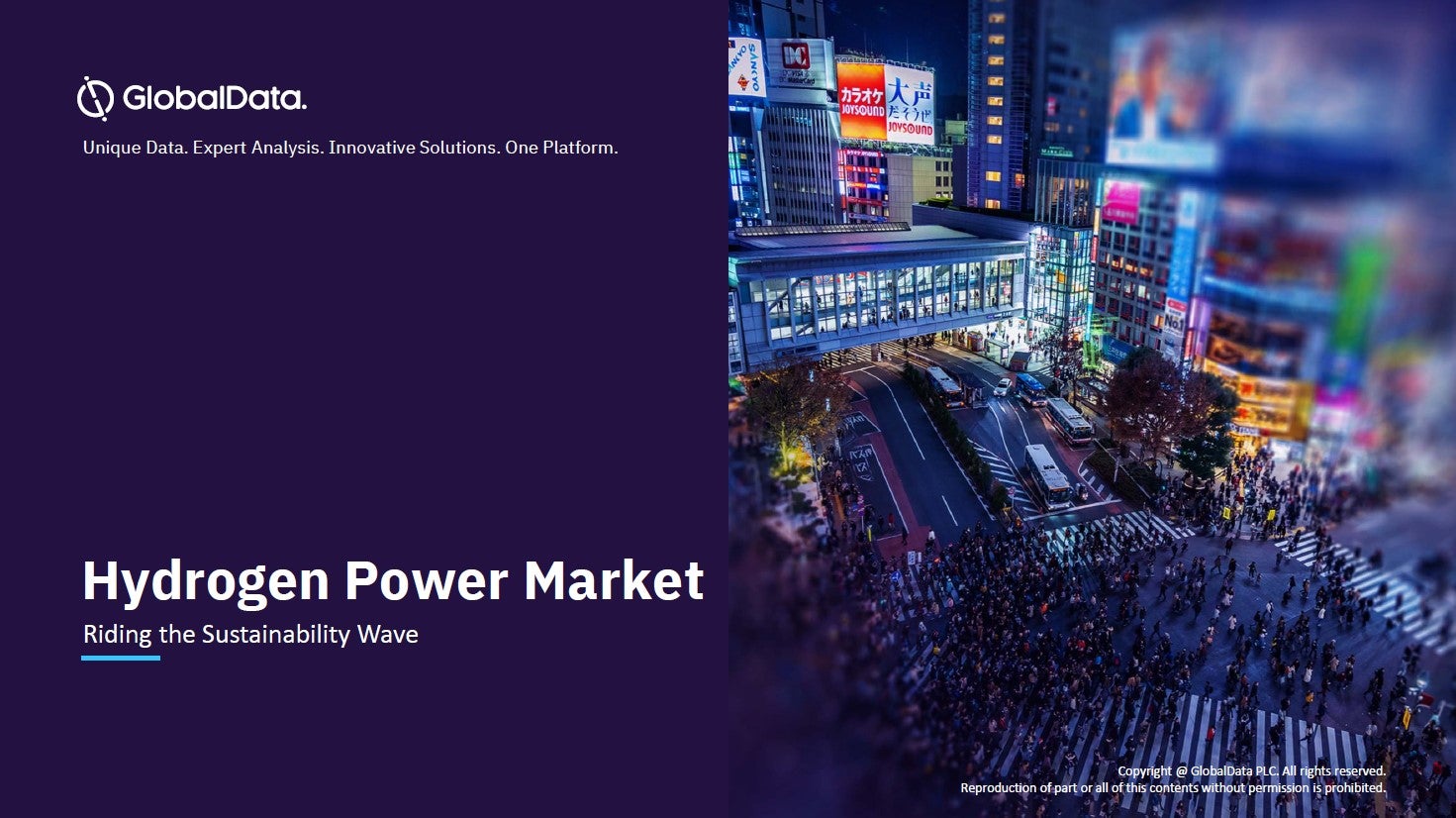
With the 23rd annual Conference of the Parties (COP23) of the United Nations Framework Convention on Climate Change now in the rear view mirror, many components of the global fight to mitigate the threat of climate change have fallen into place. The Paris climate accord, agreed at COP21 in 2015, has set an important foundation on which to build.
The recent news that the last Paris hold-outs – Nicaragua and war-torn Syria – would sign the agreement means that the world is united under the banner of cutting emissions to avoid the worst impacts of global warming, although US President Donald Trump’s intention to pull America out of the accord remains a grave threat to that unity.
How well do you really know your competitors?
Access the most comprehensive Company Profiles on the market, powered by GlobalData. Save hours of research. Gain competitive edge.

Thank you!
Your download email will arrive shortly
Not ready to buy yet? Download a free sample
We are confident about the unique quality of our Company Profiles. However, we want you to make the most beneficial decision for your business, so we offer a free sample that you can download by submitting the below form
By GlobalDataThere were many topics on the table when the COP23 delegates gathered, this year in Bonn, Germany, which played host for the third time since the conference began in 1995. Fiji, which led the conference this year, emphasised the immediate threat presented by climate change to small island nations, and the importance of ramping up countries’ current carbon-cutting pledges to restrict warming to 2°C above pre-industrial levels. The US, meanwhile, played the role of elephant in the room.
As renewable capacity-building continues to gather momentum and clean energy’s business case grows stronger, many of the key questions remaining for international policymakers are financial in nature. How much is this all going to cost? How is the bill going to be split? How can global environmental targets be met in the most cost-effective manner?
The shifting sands of renewable investment
In the last few years, it’s become increasingly clear that the energy financing situation is beginning to shift in earnest. Previous assumptions – that the majority of clean energy investment comes from developed countries, or that clean energy technology struggles to compete with fossil fuels on cost, for example – have been challenged and overturned.
Solar photovoltaics (PV) and wind power, even offshore, are now cost-competitive with coal and gas-fired generation projects. Recent offshore wind strike prices in Denmark and the Netherlands, as well as record-breaking solar PV tenders in the Middle East, India and South America – where bids have come in as low as $0.03/KWh – have provided ample supporting evidence.
Tumbling technology costs have made it easier to invest in renewable energy capacity-building. Indeed, from a levelised cost of energy standpoint, renewables have become a more attractive investment proposition than fossil fuels in many cases. According to REN21’s Renewables 2017 Global Status Report, 2016 marked the fifth consecutive year that investment in new renewables capacity was double the corresponding spending on fossil fuels.
The geography of clean energy spending is also shifting. India and China have become renewable investment frontrunners, and in 2015, developing and emerging economies overtook industrialised countries in renewable investment for the first time.
A shift to capex
A worldwide transition to a low-carbon energy future is a costly undertaking. DNV GL’s recently published Energy Transition Outlook (ETO) forecasts global energy capex to increase from $1.8tn a year in 2015 to $2.6tn annually by 2050, and even this level of spending would not bring the world in line with the 2°C target.
Further financing complications, DNV GL’s report notes, will be presented by a shift in the nature of energy spending that will come along with the renewable transition. As fossil fuels, which are opex-intensive (primarily due to fuel costs) are pushed out of the market by capex-intensive renewable energy projects, the need for greater sums in upfront investment will pose challenges.
“The energy transition may still be challenging from a financial perspective, given the heavier capex load from renewables,” the report reads.
Despite the scale and complexity of the endeavour, DNV’s forecast still found that a major transition to renewables from fossil fuels can be achieved with relatively modest increases to global expenditure. In fact, with global gross domestic product (GDP) expected to grow by 130% by 2050, the ETO predicts that spending on energy will fall from 5% of global GDP to just over 2%.
More bang for the global buck
The main driver of this trend is the plummeting cost of developing renewable energy projects, which is offering more capacity bang for the investment buck. Last year, a record-setting 161GW of renewable capacity was added globally, despite the fact that the $242bn of new clean energy investment represented a 23% drop compared to 2015.
While the timing of some 2015 investments has played a part in the discrepancy between investment and capacity added, falling costs are key. Compared to just one year before, the capital costs of solar PV, onshore wind and offshore wind projects that started construction in 2016 dropped by 13%, 11.5% and 10% respectively, according to Bloomberg New Energy Finance.
Of course, while the raw numbers might look encouraging, any number of complications, whether economic, political or at the grid level, could change the picture. But renewable costs are coming down, fossil fuels are being edged out of the market and cost-effective solar plants and windfarms are coming online faster than ever before, and the world is still behind the curve when it comes to averting the worst effects of climate change.
“We need more ambition,” said UN Secretary-General António Guterres during his opening remarks at COP23. “We must go further and faster together.” With COP23 now over and much left to discuss, perhaps DNV GL’s forecast provides some evidence that the world can afford to push further and faster.




